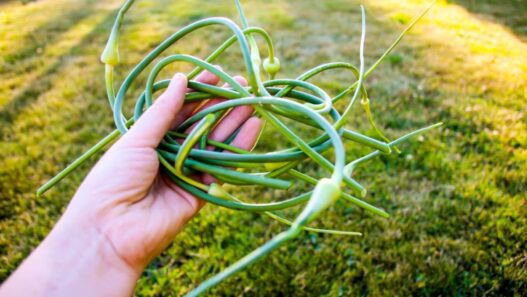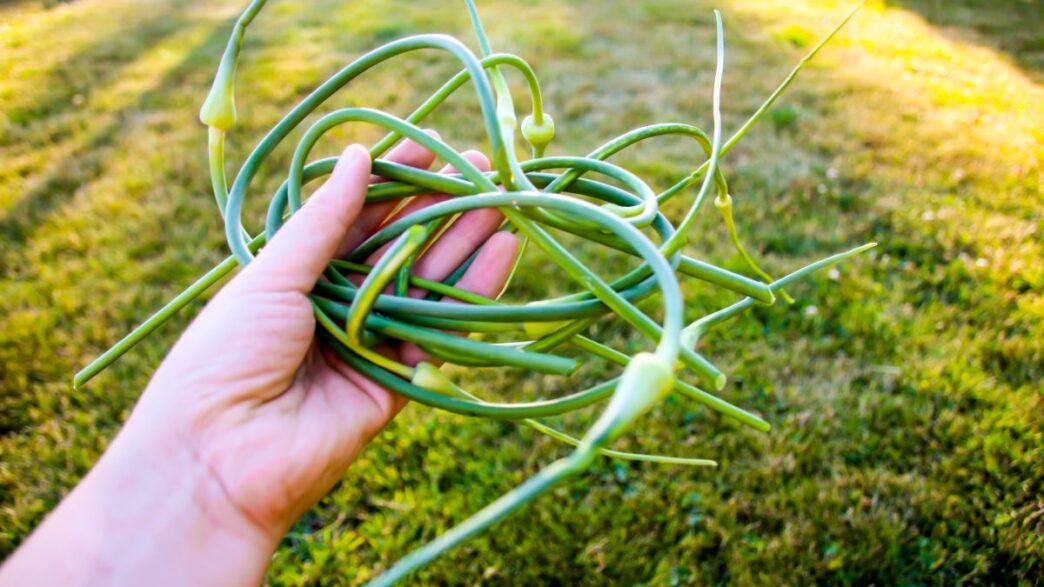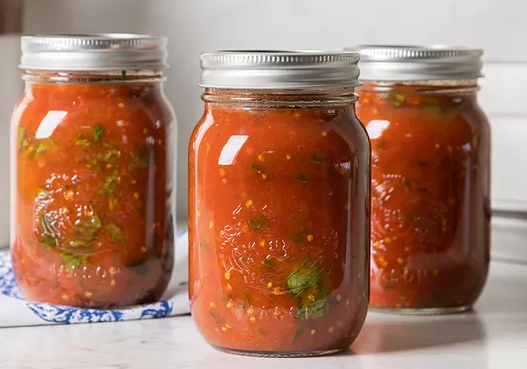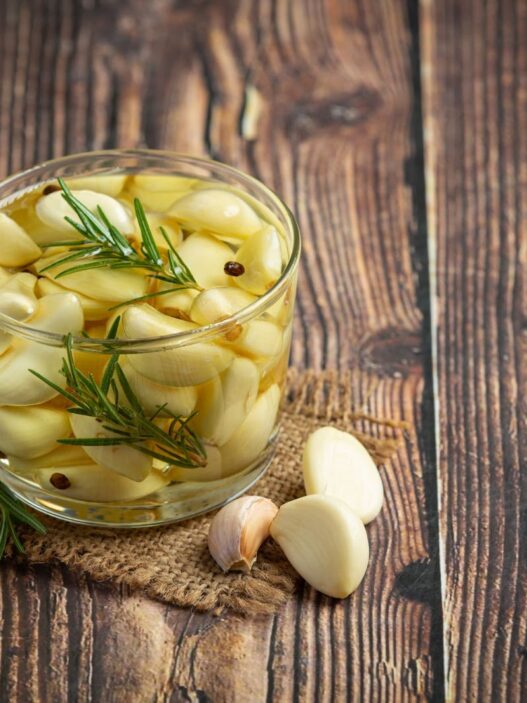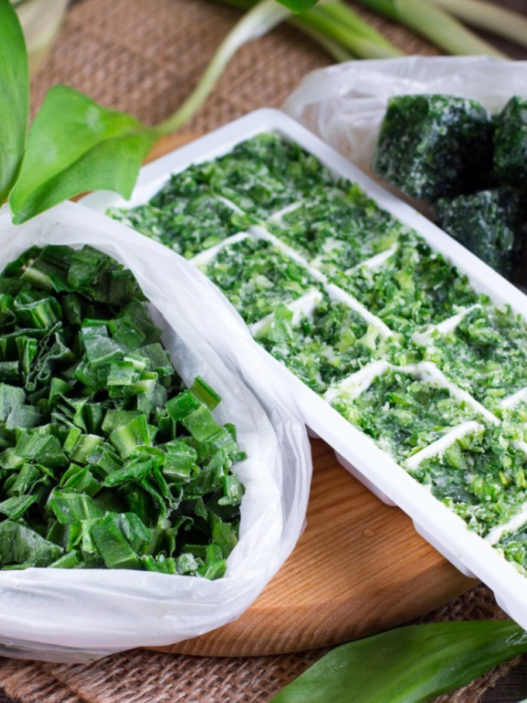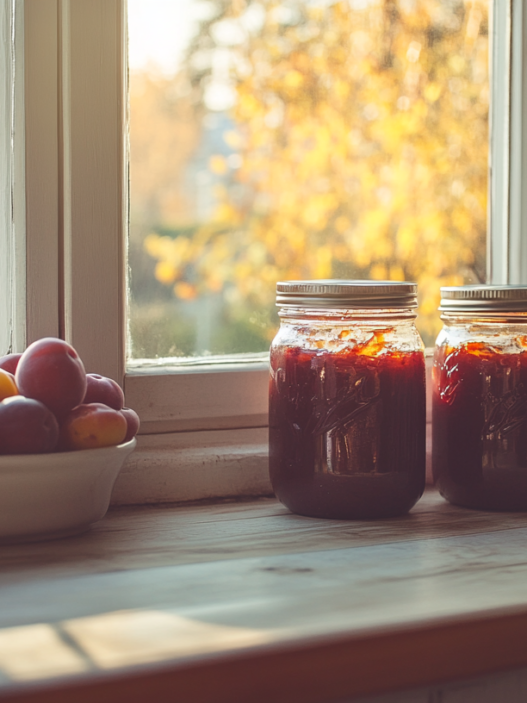You may want to know what part of garlic scapes you can eat raw or use with various dishes to make sure your kitchen endeavors result in the perfect balance of flavor.
Having spent considerable time as a cook experimenting with garlic scapes, I can confidently tell you that the part you’ll want to focus on for culinary delight is the tender, vibrant green stem.
However, some people also develop a taste for the bulbous flower bud at the tip, which makes the entire scape edible. Though this is less common, it adds a unique dimension to the garlic’s flavor profile.
If you’re wondering about the potential of garlic scapes and want a straightforward answer, I’ll reveal what part of it you want to eat. So, let’s dive right in and clear up this mystery!
Do you eat all parts of a garlic scape?

Yes, absolutely! You can eat all parts of a garlic scape, but there’s much more to the story!
A garlic scape consists of two main parts: the long, slender, and often curly green stalk and the bulbous flower bud at the tip.
The stalk has a mild garlicky flavor and a slightly crunchy texture, which is commonly used in cooking. You can opt to chop, sauté, grill, or use it as a garnish, much like you would with green onions or chives. And guess what? You can actually munch on it raw as a snack!
The bulbous flower bud is edible but not too common for everyone to eat due to its more intense and pungent garlic flavor compared to the stalk. It is also quite tough and fibrous, which makes it less desirable for consumption.
I prefer to use it for infused oils or pickling, but I completely avoid it in cooking. So, enjoy the stalk, and skip the bud if you want!
How much of the garlic scape do you cut?
When it’s time to cut garlic scapes, I ensure to strike a balance between encouraging the growth of the bulb and making the most of the parts I want to eat.
Generally, it’s optimal to cut these shoots about 1 to 2 inches above the point where they emerge from the plant and have developed a noticeable curl or loop. That’s your visual cue for their edibility!
At this stage, they are still young, tender, and ideal for culinary use. I also make sure to harvest scapes before they straighten out fully, as they can become tougher and less flavorful while maturing further.
Oh hey! Don’t forget to leave a short section of the scapes attached to the plant. Why? Because it is a way to direct the energy toward growing a larger bulb that will ultimately contain the cloves, the garlicky goodness that can rock your taste buds!
Are garlic scapes healthy?
All parts of garlic scapes are not only flavorful but also quite healthy to consume. These vibrant green shoots offer a range of nutritional benefits that can complement your diet in these manners:
1. Rich in Nutrients
Garlic scapes are packed with essential vitamins and minerals. All of its parts are a good source of vitamin C. And there’s vitamin K, which is a silent champion for strong bones.
But wait, there’s more! You’ve got vitamins A and B6 in there, too, doing their magic. And let’s not forget about the mineral squad – manganese and potassium. They play important roles in keeping your body running smoothly, from energy production to muscle function.
2. Antioxidant Properties
Similar to garlic cloves, scapes contain antioxidants such as allicin and quercetin. These compounds help combat oxidative stress and inflammation in the body and eliminate the risk of chronic diseases.
So, when you’re savoring those garlic scapes, you’re giving your body some serious support in the battle against health hazards.
3. Heart Health
When it comes to matters of the heart, garlic scapes come to the rescue! The magic lies in how they can potentially lower blood pressure, which is a real troublemaker for your heart.
The beneficial parts of the scapes also nudge your cholesterol levels in a favorable direction. Lower cholesterol is a win for your heart, as it means less gunk building up in your arteries, which can lead to better blood flow.
4. Cancer-Fighting Potential
The whole garlic plant, which includes all its parts, consists of organosulfur compounds. They prove to be key players in the battle against cancer.
The compounds hinder the growth of cancer cells and even trigger their self-destruction – a process called apoptosis. It’s like the ultimate enemy takedown!
Research even hints that if you regularly consume these crunchy shoots, you’ll have a reduced risk of colorectal, stomach, and esophageal cancers. Garlic scapes are like the superhero squad that cancer definitely didn’t see coming – they’re here to protect and serve!
5. Digestive Health
Let me tell you how garlic scapes can play a role in keeping your digestive system in tip-top shape. These green, curvy shoots come armed with a good dose of fiber, which promotes regular bowel movements, and this is how you never have to worry about your well-being.
How do you remove scapes from garlic?
If you want to know how to remove garlic scapes from the plant so that you can eat any of its parts, I’ve got a couple of cool ways to do it. Let’s break the whole process into easy-to-follow methods:
1. Grip and Snap Technique
The “grip and snap” technique is a straightforward and tool-free approach to removing the scapes from the garlic plant.
Here’s how it goes: With one hand, hold the scape gently but firmly. Feel its texture, its energy. Now, slowly start bending it to the side. Don’t rush – let the plant guide you. As you bend it, you’ll feel a subtle snap. And this is when you know you’ve hit the jackpot.
I usually trim off any tough or woody parts from the cut end of the scapes before eating them raw or using them in dishes.
2. Scissors or Pruners Technique
Scissors or pruners offer a precise and controlled method to remove garlic scapes from plants.
Grab these tools – make sure they’re not rusty. To start, locate the point where the scape emerges from the main stem of the garlic plant.
Hold the scissors or pruners near that point and snip about 1 to 2 inches above. This strategic cut leaves a small portion of the scape attached to the plant, while you can have the rest of it.
That’s it – neat and tidy! Your scapes are ready for action.
How do you store garlic scapes?
Imagine being the SOLE guardian of the wonderful fresh garlic scapes! Here’s a simple step-by-step guide to preserving each of its part’s goodness to eat later:
1. Damp Cloth or Paper Towel
Moisture is the key to keeping garlic scapes fresh. For this, grab a clean, slightly damp cloth or a paper towel. You don’t want it soaking wet – just a gentle dampness will do the trick. Lay it out and place the scapes on it in a single layer.
Now, gently roll or fold the cloth around the scapes and make sure they’re snug but not squished. The idea is to create a cozy cocoon that retains just the right amount of moisture.
2. Plastic Bag
Once you’ve wrapped your scapes in that slightly damp cloth or paper towel, it’s time to give them a cozy spot to ensure they’re fresh when you decide to eat them.
Gently place your neatly wrapped scapes into the plastic bag. You want them to have enough room to breathe so they don’t feel cramped. But here’s the secret sauce: Don’t seal the bag completely. Leave it slightly open so that there’s a little gap for some airflow.
3. Refrigerator
Next up is to give your garlic scapes a VIP spot in your fridge – the vegetable crisper drawer is their designated chill zone.
Its controlled environment helps you keep all parts of your scapes fresh, vibrant, and ready to eat, whether in dishes, raw in yummy salads, or as a snack to curb midnight cravings.
4. Freezing
If you’re not eating the scapes within a week and save these delights for later, you should think about freezing them – a trick that keeps their goodness intact.
Simply give your scapes a chop – not too fine, but not too chunky either. Aim for a size that suits your future recipes. Once they’re chopped to perfection, it’s time to freeze them.
Just spread out your chopped scapes on a baking sheet and place it into the freezer.
Once your scapes are frozen solid, gather them up and transfer them into an airtight container or a resealable freezer bag. Lastly, label it with a date, just to keep track of their frosty journey!
Find out more about garlic scapes in our blog:
Freezing Garlic Scapes: Everything You Need to Know
This article covers the process of freezing garlic scapes to preserve them for up to a year. It includes detailed steps on harvesting, blanching, and storing the scapes, along with ideas for using them in various dishes.
Garlic Scapes Season – Everything You Need To Know
This piece explains when and how to harvest garlic scapes, the parts that are best to eat, and their culinary uses. It also discusses the importance of removing scapes to encourage garlic bulb growth.
Garlic Scapes Vs Ramps – 7 Differences
This comparison between garlic scapes and ramps highlights their differences in appearance, taste, harvesting season, and culinary uses. It provides insights into why garlic scapes are preferred for certain dishes over ramps.
Do Garlic Scapes Grow Back?
This article explores the lifecycle of garlic scapes, the benefits of removing them from garlic plants, and various ways to use them in cooking, such as in salads, stir-fries, and pickles.
Can You Eat Garlic Scapes Raw? 4 Tips
This guide discusses the edibility of raw garlic scapes and offers tips on incorporating them into your meals, such as making pickles, dressings, pesto, and flavored butter.
